Cutting Waste, Not Corners: QR Codes as a Tool for Sustainable Flooring Showrooms
As Earth Day approaches, it’s a poignant reminder of the importance of sustainability in every aspect of our lives, including how we manage our business. For flooring showrooms, embracing eco-friendly practices not only minimizes our impact on the environment but also enhances operations and customer engagement. Showroom Pricing leverages innovative QR code technology to reduce operational waste significantly, offering a green solution that doesn’t compromise on quality or your flooring team’s service. Embrace the Earth Day spirit every day! Let's explore how incorporating these sustainable technologies can lead to a healthier planet and a healthier bottom line.
Efficiency in Information Delivery
Old school showrooms often required stacks of catalogs and sample materials that often became outdated and dusty, all of which cost money to maintain, store, print, produce, and then finally toss into the trash. With QR codes, customers can instantly access information like detailed product information, videos, and visualizations of the flooring options they like best. This switch can reduce your annual printing and material costs by about 30%, making your operations greener and more cost-effective.
Enhancing Customer Experience
QR codes revolutionize customer interactions by providing all the necessary product details at their fingertips. This not only fast-tracks the decision-making process but ensures that the information your customer is looking at is accurate and updated. By eliminating outdated catalogs, you not only cut down on clutter around your showroom and office but also on misinformation from outdated printed materials you have in stock.
Operational Cost Savings
Adopting QR codes significantly reduces the need for manual updates and physical sample inventory management. Showrooms have reported cutting staff hours on these tasks by up to 50%, freeing resources for more critical customer engagement and sales initiatives. Furthermore, the digital nature of QR code content means that updates to your showroom's offerings can be managed with minimal costs.
Sustainability for your Flooring Showroom Meets ROI
Implementing dynamic QR codes is a strategic move towards sustainability that directly impacts profitability. By reducing waste and increasing operational efficiency, businesses can typically see an ROI improvement within just the first six months of implementation.
Tip: Highlight your sustainable practices in your marketing materials to attract eco-conscious consumers.
Incorporating Industry Innovations
We are proud to be among other flooring innovators when it comes to sustainability. Mirage Floors uses processes like selective cutting and reforestation projects to keep their hardwood flooring offerings eco-conscious. Shaw Floors publishes a sustain[HUMAN]ability report that focuses on important environmental issues like climate change, circularity, Shaw’s supply chain, and footprint reduction. Kährs, a leader in the flooring industry, exemplifies commitment to sustainability. Since 1984, Kährs has used FSC-certified woods and a solvent-free production process, setting a high standard for eco-friendly practices. Kährs’ floors are designed to be durable and stable, making them an excellent choice for any climate. This minimizes the need for frequent replacements and reduces waste. Consider partnering with manufacturers like Kährs that prioritize environmental responsibility, enhancing your showroom’s reputation.
Embracing QR code technology in your flooring showroom not only positions your business as a modern, forward-thinking entity but also champions sustainable practices that appeal to today's environmentally aware consumers. With Showroom Pricing, you're not just upgrading your technology—you're paving the way for a more sustainable and profitable future.
(Kahrs) (Kahrs) (Green Building Supply) (Green Building Supply) (Green Building Supply) (Kahrs) (Kahrs) (Shaw Floors) (Mirage Floors)


